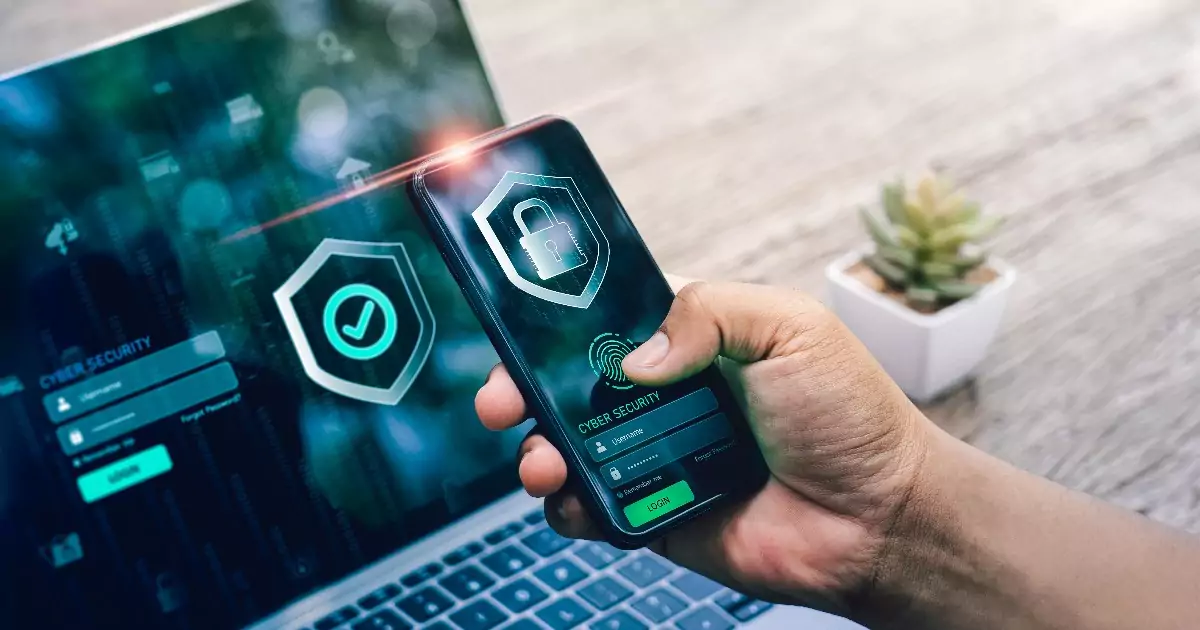In an age where smartphones have become indispensable, the need for robust data security is paramount. Our smartphones hold a wealth of personal and professional information, from emails and social media accounts to banking apps and private photos. Unfortunately, this makes them attractive targets for cybercriminals. Safeguarding your smartphone data is essential to protect your privacy and avoid potential financial or reputational harm.
This article explores essential security guidelines that can help you safeguard your smartphone data effectively.
1. Enable Screen Locks
The first line of defense for your smartphone is a secure screen lock. Options include:
- PINs or Passwords: Opt for a strong alphanumeric password instead of easily guessed combinations like “1234” or “password.”
- Biometric Authentication: Features like fingerprint or facial recognition add an extra layer of security.
A locked screen ensures that even if your phone is lost or stolen, unauthorized individuals cannot easily access your data.
2. Regularly Update Your Operating System and Apps
Keeping your smartphone’s operating system (OS) and apps up-to-date is crucial for security. Developers frequently release updates to patch vulnerabilities and enhance security features. Ignoring updates can leave your device exposed to known exploits.
How to Stay Updated:
- Enable automatic updates for your OS.
- Set your apps to update automatically or check for updates manually in the app store.
3. Use Strong and Unique Passwords
Weak or reused passwords are a common cause of security breaches. A strong password includes a mix of uppercase and lowercase letters, numbers, and special characters. Avoid using easily guessed information such as birthdays or common phrases.
Best Practices:
- Use a password manager to generate and store complex passwords.
- Enable two-factor authentication (2FA) wherever possible. This adds an extra layer of security by requiring a second verification step.
4. Beware of Public Wi-Fi Networks
Public Wi-Fi networks, often found in cafes, airports, and hotels, are notoriously insecure. Hackers can exploit them to intercept data transmitted from your device.
Tips for Safe Usage:
- Avoid accessing sensitive accounts or conducting financial transactions on public Wi-Fi.
- Use a Virtual Private Network (VPN) to encrypt your internet traffic, ensuring it remains private even on public networks.
5. Limit App Permissions
Apps often request permissions to access various features on your phone, such as the camera, microphone, or contacts. While some permissions are necessary for functionality, granting excessive permissions can put your data at risk.
How to Manage Permissions:
- Review app permissions regularly in your phone’s settings.
- Deny permissions that seem unnecessary for the app’s primary purpose.
- Be cautious when downloading apps from unknown developers.
6. Install Reliable Security Software
Just as you protect your computer with antivirus software, your smartphone needs similar safeguards. Security apps can detect and neutralize threats like malware, spyware, and phishing attempts.
Key Features to Look For:
- Real-time threat detection.
- Anti-theft tools such as remote data wiping or device tracking.
- Secure browsing to protect against malicious websites.
7. Enable Device Encryption
Encryption is a powerful tool for protecting your data. It ensures that your data is stored in an unreadable format, accessible only with a decryption key or password. Most modern smartphones come with encryption enabled by default.
To Check Encryption:
- On Android: Navigate to Settings > Security > Encryption.
- On iPhone: Encryption is enabled automatically if you set a passcode.
8. Regularly Back Up Your Data
While backing up data may not prevent breaches, it ensures you can recover your important files in case of loss or theft. Cloud storage services and external devices are popular options for backups.
Backup Recommendations:
- Use trusted cloud services like Google Drive, iCloud, or OneDrive.
- Regularly back up photos, documents, and app data.
- For sensitive data, consider encrypted backups to maintain privacy.
9. Be Vigilant Against Phishing Attacks
Phishing scams trick users into providing sensitive information by posing as legitimate entities. These attacks often occur through email, text messages, or malicious links.
How to Identify and Avoid Phishing:
- Verify the sender’s email address or phone number.
- Avoid clicking on suspicious links or downloading attachments from unknown sources.
- Enable spam filters in your email app to block phishing attempts.
10. Turn Off Bluetooth and NFC When Not in Use
Bluetooth and Near Field Communication (NFC) are convenient for connecting devices and transferring data. However, leaving them on when not in use can expose your phone to unauthorized access.
Best Practices:
- Turn off Bluetooth and NFC in your settings when not actively using them.
- Avoid pairing with unknown devices or accepting unexpected file transfers.
11. Secure Your Cloud Accounts
Many smartphones automatically sync data to cloud accounts. While convenient, this feature can expose your data if the cloud account is compromised.
Tips for Cloud Security:
- Use strong, unique passwords and enable 2FA for your cloud accounts.
- Regularly review files stored in the cloud and delete unnecessary data.
- Avoid storing sensitive information, such as passwords or financial details, in the cloud.
12. Be Cautious About What You Share
Oversharing personal information on social media or unsecured platforms can make you a target for cybercriminals. Information like your phone number, address, or financial details should be kept private.
Social Media Tips:
- Review your privacy settings to limit who can see your posts.
- Avoid sharing your location in real-time.
- Think twice before posting sensitive information.
13. Enable Remote Device Management
Most smartphones have built-in tools for remotely managing and securing your device in case of loss or theft. These tools can help you locate your phone, lock it, or erase its data.
How to Set It Up:
- On Android: Use Find My Device by Google.
- On iPhone: Enable Find My iPhone in the iCloud settings.
14. Avoid Jailbreaking or Rooting Your Device
Jailbreaking (iPhone) or rooting (Android) removes software restrictions, giving you greater control over your phone. However, it also exposes your device to security vulnerabilities by bypassing built-in protections.
Risks of Jailbreaking or Rooting:
- Increased susceptibility to malware.
- Loss of warranty and support from the manufacturer.
- Difficulty receiving security updates.
15. Stay Informed About Security Threats
Cybersecurity is an ever-evolving field. Staying informed about the latest threats and security practices can help you adapt and protect your smartphone effectively.
Ways to Stay Updated:
- Follow trusted tech news websites or blogs.
- Subscribe to security alerts from your smartphone manufacturer or service provider.
- Participate in online forums or communities focused on digital security.
Conclusion
In today’s digital age, safeguarding your smartphone data is not just a necessity; it’s a responsibility. By following these guidelines, you can significantly reduce the risk of data breaches, theft, or loss. From enabling strong passwords and encryption to staying vigilant against phishing scams, each step plays a critical role in protecting your personal and professional information.
Taking the time to implement these security measures now can save you from potential headaches and vulnerabilities in the future. Remember, your smartphone is more than just a communication device — it’s a gateway to your digital life. Protect it wisely.



